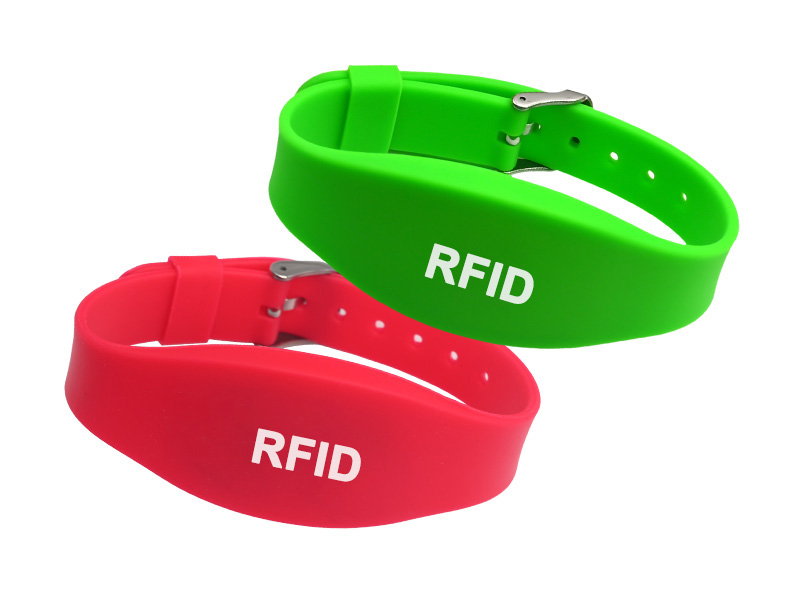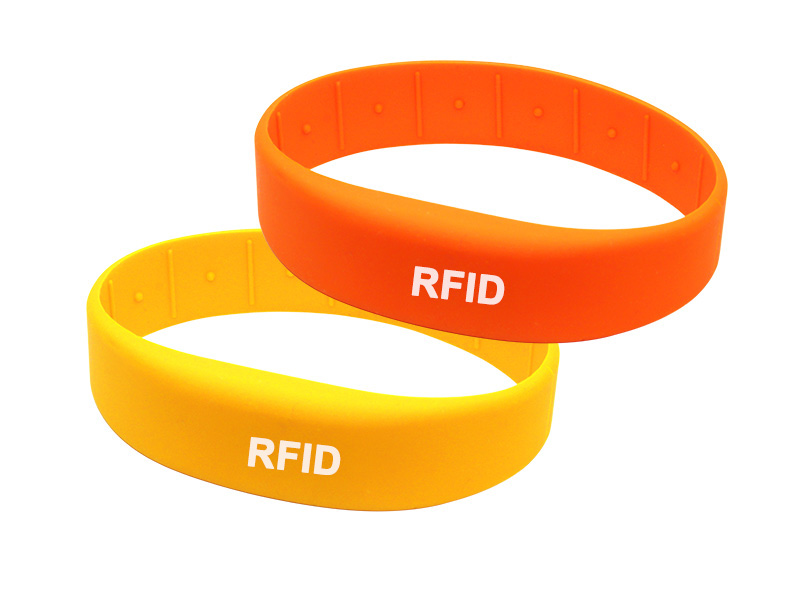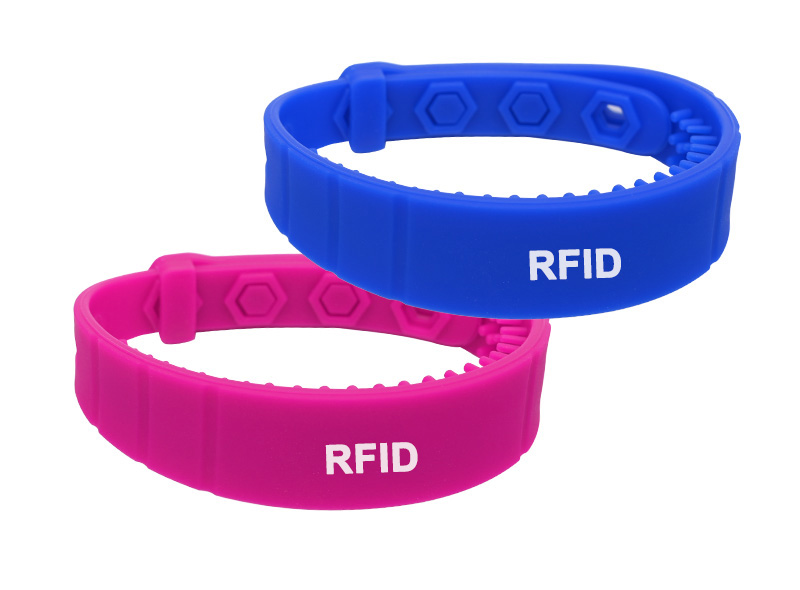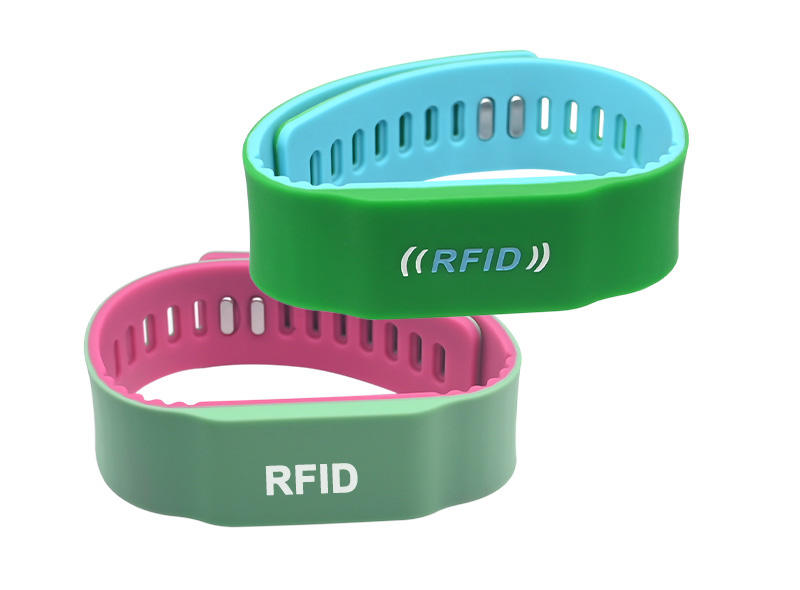RFID chips are the core components of radio frequency identification (RFID) technology
RFID chips are the core components of radio frequency identification (RFID) technology, embedded in RFID tags for storing and transmitting data. RFID chips communicate with readers through radio waves to read and write data. The following is a detailed introduction about RFID chips:
1. Basic components of RFID chips
Antenna: used for receiving and transmitting radio wave signals.
Integrated Circuit (IC): including memory, controller, and RF module.
Memory: Used for storing data, with capacities ranging from tens of bytes to thousands of bytes.
Controller: processes instructions and data transmission from the reader/writer.
RF module: responsible for wireless communication with the reader/writer.
2. Classification of RFID chips
(1) By operating frequency
Low frequency (LF) RFID chip:
Frequency range: 125 kHz -134 kHz.
Characteristics: Strong penetrability, suitable for metal or liquid environments.
Applications: animal recognition, access control, car keys.
High frequency (HF) RFID chip:
Frequency range: 13.56 MHz.
Features: Fast transmission speed and short communication distance (usually less than 1 meter).
Applications: smart cards, library management, payment systems.
Ultra high frequency (UHF) RFID chip:
Frequency range: 860 MHz -960 MHz.
Features: Long communication distance (up to 10 meters or more), high transmission rate.
Applications: logistics management, warehouse management, retail industry.
Microwave RFID chip:
Frequency range: 2.45 GHz -5.8 GHz.
Features: Long communication distance and high transmission speed.
Application: Highway toll collection, container management.
(2) According to the power supply method
Passive RFID chip:
No built-in power supply, relying on the electromagnetic field energy of the reader/writer to operate.
Features: Low cost, small size, long lifespan.
Applications: logistics, retail, asset management.
Active RFID chip:
Built in battery, capable of actively sending signals.
Characteristics: Long communication distance and high cost.
Application: Vehicle tracking, personnel positioning.
Semi active RFID chip:
Built in battery, but only works when receiving reader/writer signals.
Features: Balancing communication distance and battery life.
Application: Environmental monitoring, cold chain logistics.
(3) By storage method
Read only chip:
The data is written at the factory and cannot be modified.
Application: Anti counterfeiting labels, identity recognition.
Read and write chips:
Data can be written and modified multiple times.
Applications: logistics management, asset management.
3. The main functions of RFID chips
Data storage: Store unique ID numbers or other information.
Data transmission: Wireless communication with the reader/writer.
Security: Supports encryption and authentication functions to prevent data from being tampered with or stolen.
Multi tag recognition: supports simultaneous reading of multiple tags (anti-collision function).

4. Application scenarios of RFID chips
Logistics and Supply Chain Management: Used for tracking goods and inventory management.
Retail industry: used for anti-counterfeiting of goods and self checkout.
Asset management: used for tracking equipment, tools, and vehicles.
Access control and attendance: used for personnel identification and access management.
Medical industry: used for drug tracking and patient management.
Animal identification: used for the identification and management of pets and livestock.
Intelligent transportation: used for vehicle recognition and highway toll collection.
5. Advantages of RFID chips
Non contact operation: data can be read without physical contact.
Efficiency: Supports fast reading and multi label recognition.
Durability: Can work in harsh environments such as high temperatures and humidity.
Flexibility: Can be embedded into labels of various shapes.
Security: Supports encryption and authentication functions.
6. Selection considerations for RFID chips
Working frequency: Choose the appropriate frequency according to the application scenario.
Communication distance: Select passive, active, or semi-active chips according to requirements.
Storage capacity: Select chip capacity based on data storage requirements.
Environmental adaptability: Consider the waterproof, dustproof, and high-temperature resistance characteristics of the chip.
Cost: Find a balance between performance and cost.
7. Development Trends of RFID Chips
Miniaturization: Chip sizes are becoming smaller and more suitable for various scenarios.
Low power consumption: Extend the battery life of active chips.
High security: Enhance encryption and authentication functions to prevent data leakage.
Intelligence: Combining with sensors to achieve environmental monitoring and data analysis.
Integration with the Internet of Things (IoT): As an important node of the IoT, it supports a wider range of applications.
RFID chips, as the core of RFID technology, are driving the intelligent transformation of various industries. Through reasonable selection and application, RFID chips can significantly improve efficiency, reduce costs, and bring more value to users.












